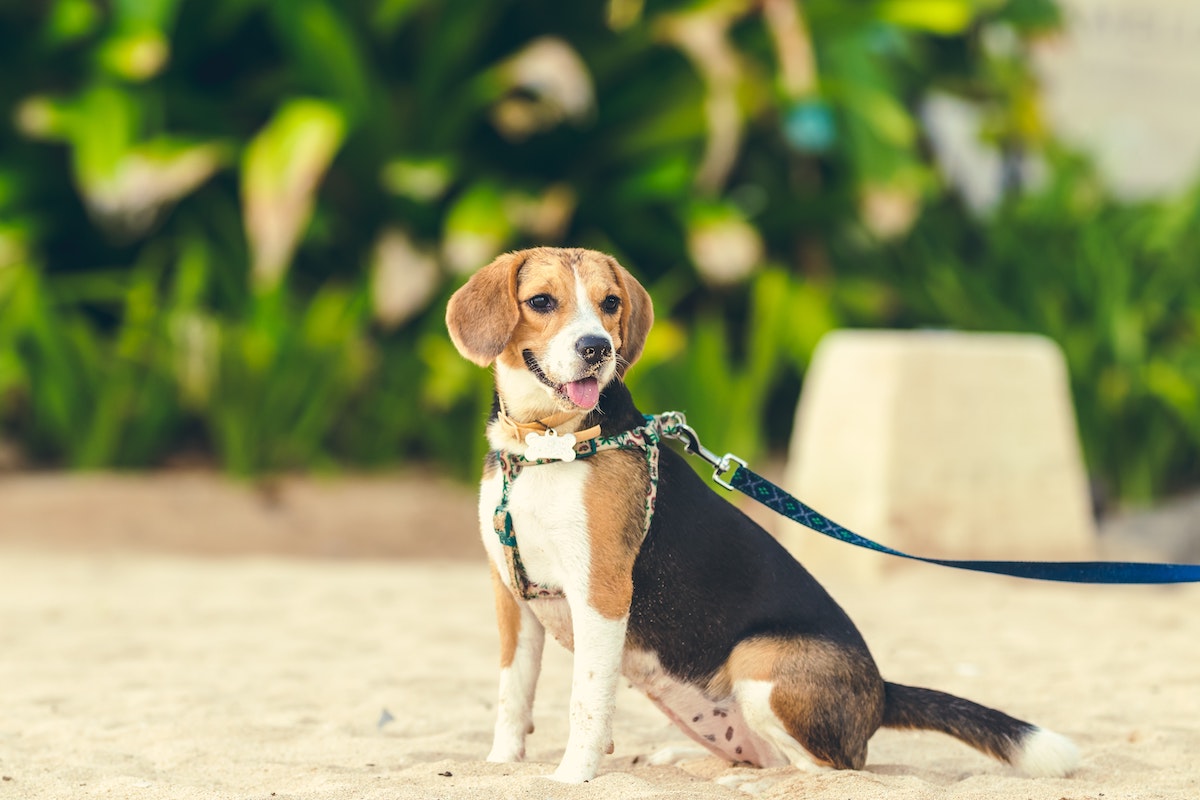By: Sarah Stone
Touring the world is no longer just for you and your family—it’s easier than ever to bring our furry friends with us on our international adventures. If you plan ahead, do your research, and stay organized, bringing your dog or cat on your next trip can be pretty stress-free! Let’s have a look at a few tips on how to travel with a pet:
Check Breed Restrictions
If you’re traveling with a dog, the airline or destination may have breed restrictions blocking your animal from entering the country entirely. Check with both to make sure your pet can indeed travel with you before moving on to the next steps!
Know the Rules and Laws of Your Travel Destination
Traveling and flying with pets beyond your country borders—or even from state to state, in some cases—calls for you to check the requirements, rules, and laws of the destination. These can relate to a variety of topics such as health, vaccinations, and quarantine regulations. Be sure to check the embassy website for your destination country, or the state government website if you’re traveling to a state that may have additional procedures for allowing pets in. Knowing how to travel with a pet to your specific destination and all of the requirements related to it will save you a headache later.
If a microchip implant is required for your pet, talk to your veterinarian if you haven’t already had your companion chipped. And be sure you are completely up-to-date on vaccinations and that your pet has a clean bill of health. Some destinations have a minimum vaccination-to-travel timeline, so it’s best to ensure this is all in order at least six weeks before traveling.
As well, your destination country or state may have requirements for pet transport, including application and registration for the animal to enter the country, the size of the carrier, handling between routes, and other details. If you’re flying, check the airline’s pet travel policies to see whether you can have your pet in the cabin or if it must be sent cargo. A pet relocation company can take a lot of this work off of your hands if you’re willing to pay a little extra for it!
Book Pet-Friendly Accommodation
Well before travel, make sure your accommodation—whether hotel, vacation rental, or otherwise—is pet-friendly. It’s not enough to check the website, either; get in touch with the owner or manager directly, ask them about their pet policy (they may have breed, size, and weight restrictions), and let them know your travel dates.
If you’re not booking with them directly, but through a third-party service, call them before booking, and then again afterwards to make sure everything is in order for you and your pet to be housed comfortably.
Reduce Pet Anxiety During Your Trip
Whether you are planning for a road trip, ferry, or flight with your pet, check with your veterinarian on how to reduce anxiety during travel. Your fuzzy friend may be the perfect travel companion, and have no issues as long as you keep them happy, active, well-fed, and well-hydrated—but if you’re unsure, if your pet is prone to anxiety, or if this is your first trip with an animal, definitely check with your veterinarian to prepare for all scenarios. Knowing how to travel with a pet that’s prone to anxiety, and stopping issues before they start, will make your experience much smoother.
Also take steps to reduce anxiety at your destination—settling into a hotel, vacation home, or other location may take a little time, and if your pet is shy or hesitant around strangers, do your best to make everyone around you, including your animal, comfortable with the new surroundings.
Know What to Pack for Your Pet
Pre-travel logistics can be overwhelming even if you’re traveling alone—factor in a dog or cat, and it can be downright frustrating. Here are a few basic items to pick up for your pet before embarking on your trip:
- A crate that has ample space for your dog or cat to stand and turn around comfortably (if you can, get them familiar with the crate beforehand!)
- Absorbant bedding for better sleep and comfort, and to contain leaks if your pet has an accident
- Dry food, water, and small bowls with your pet’s identification information on them
- ID tags and copies of vaccination and veterinarian records
- Collar and/or harness and leash
- Toys and treats
- Medications
About the Author
 As the editor-in-chief of Frayed Passport, my goal is to help you build a lifestyle that lets you travel the world whenever you want and however long you want, and not worry about where your next paycheck will come from. I've been to 20+ countries and five continents, lived for years as a full-time digital nomad, and have worked completely remotely since 2015. If you would like to share your story with our community, or partner with Frayed Passport, get in touch with me at sarah@frayedpassport.com!
As the editor-in-chief of Frayed Passport, my goal is to help you build a lifestyle that lets you travel the world whenever you want and however long you want, and not worry about where your next paycheck will come from. I've been to 20+ countries and five continents, lived for years as a full-time digital nomad, and have worked completely remotely since 2015. If you would like to share your story with our community, or partner with Frayed Passport, get in touch with me at sarah@frayedpassport.com!
Featured image via Unsplash.

